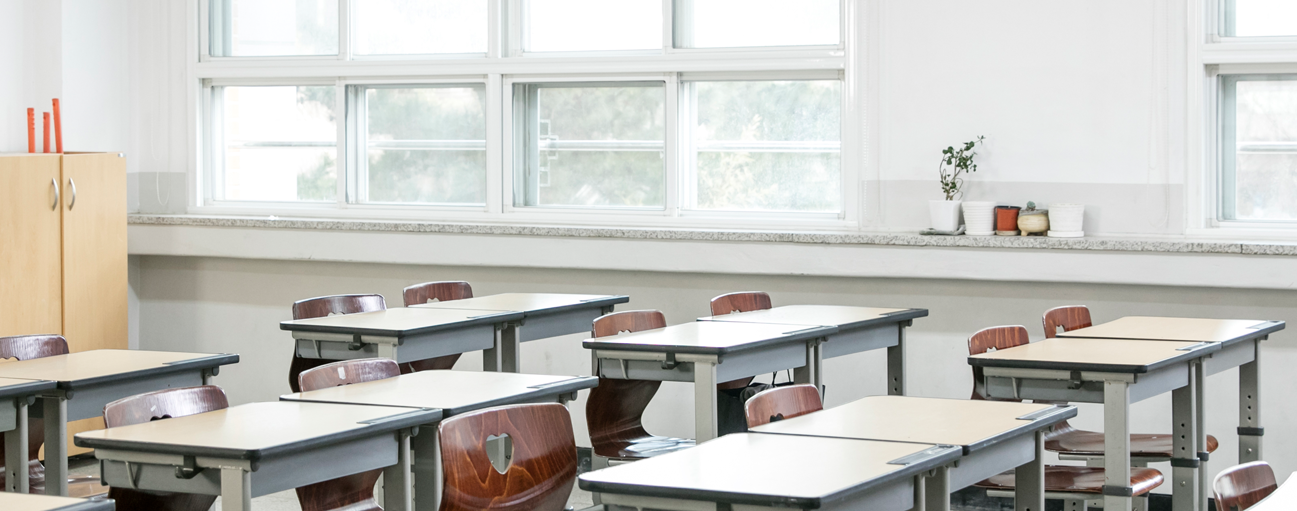Korean Educational System

Korean Educational System
The Korean school system, the backbone of the education system, is a unified structure connecting the different school levels. Korea has a single track, 6-3-3-4 system, which maintains a single line of school levels in order to ensure that every citizen can receive elementary, secondary, and higher education without discrimination and in line with his or her ability. It is mandatory to complete nine years of school, from elementary to middle school. The Korean academic year starts in March and runs till late July, when schools have a summer vacation. The second half of the year starts in September and ends in mid-December, then having a winter until early February. The city has 146 elementary schools, 88 middle schools, 62 high schools, 5 special education schools ‹Daejeon Blind Academy (students with visual impairments), Hyegwang School (students with mental health issues), Seongse Rehabilitation School (students with physical handicaps), Wonmyeong School (students with mental health issues, hearing impairments), Gawon School (students with mental health issues)›, and 19 universities.
- Korean Education System
- Primary school (six years) : from age 7/8 to 13
- Middle school (three years) : from age 14. to 16
- High school (three years) : from age 17 to 19
- University (four years) : from age 19
Elementary School Education
Starting at age six, children go to primary school, which lasts for 6 years. The subjects taught at this stage are Korean Language, Mathematics, Social Studies, Science, Art and Physical Education. English as a foreign language is introduced in Grade 3. Primary education is free and compulsory. Parents not enrolling their children to school may face prosecution.
- Early Entry
- This system enables a child under five to enter school.
- Delayed Entry
- This system enables parents whose child under six to delay school entrance.
Middle School Education
Middle school education has a three-year curriculum. Mandatory curriculum includes Korean, Social Studies (including History), Values Education, Mathematics, Science, Technics and Housekeeping, Physical Education, Arts (Music/Painting), and English. Optional subjects are Chinese Characters, Information, Environment and Green Growth, Foreign Languages (German, French, Spanish, Chinese, Japanese, Russian, Arabic, and Vietnamese), Health Education, Career and Job, etc. Students normally attend a middle school that is located near their home. Both primary and middle school education are compulsory.
- Youth Counselor Support Center
- Youth counselor support center was established to protect the rights of youth and ensure their quality of life. Dial 1388(Help Call Youth Telephone) without any area code and you will be connected to the nearest youth support center.
High School
High schools in South Korea teach students for three years and are divided into general high school, specialized vocational high schools, autonomous high schools, and special-purpose high schools. Students are admitted to a special-purpose high school through self-directed learning process and to an autonomous public high schools and general high schools through residencebased assignment. In rare instances, this fee is waived for families in particularly dire financial situations. As high school is not mandatory, tuition must be paid. Approximately KRW 400,000 is taken for every three months, except for arts high schools and autonomous private high schools.
 Living in Daejeon
Living in Daejeon